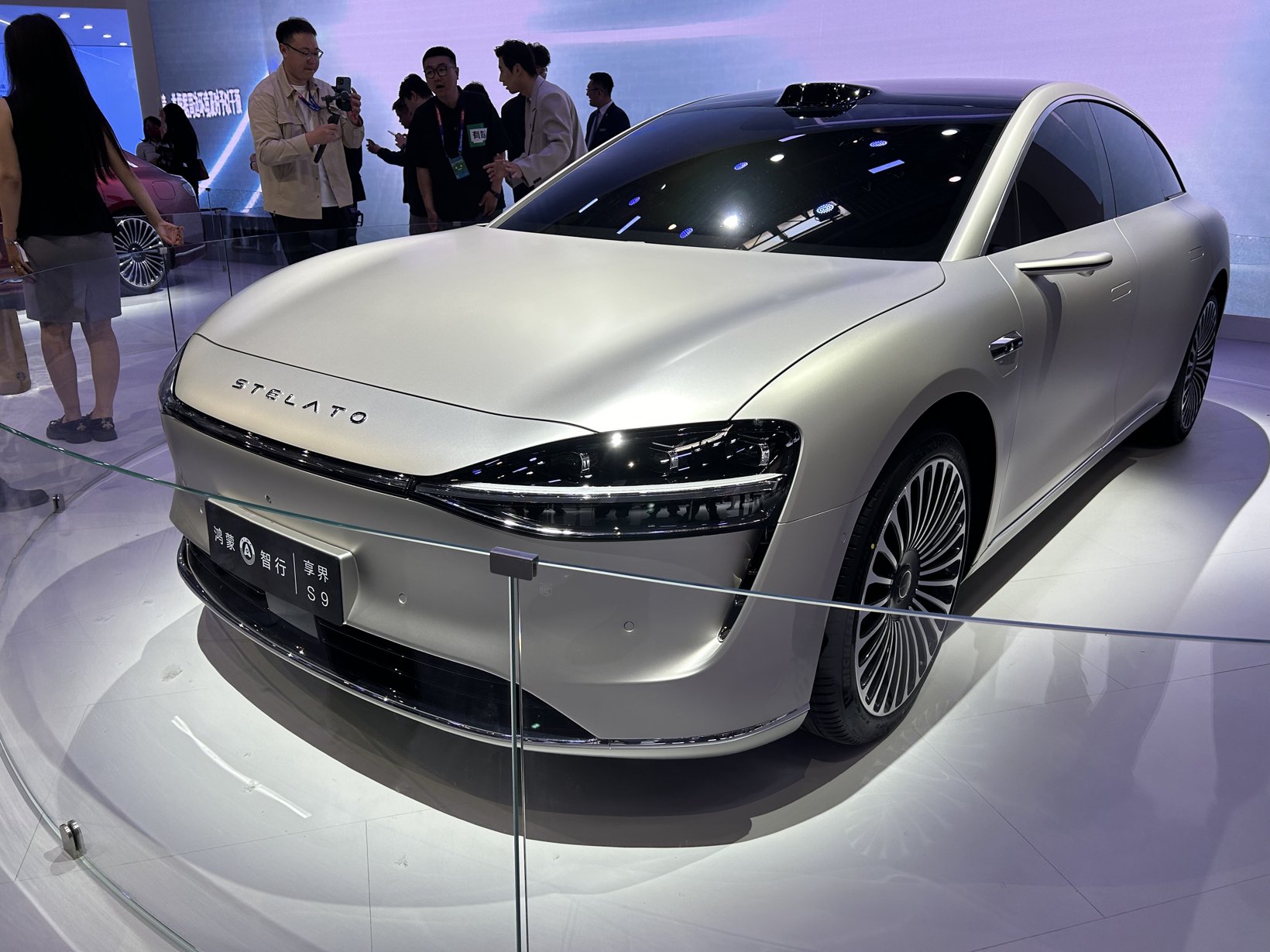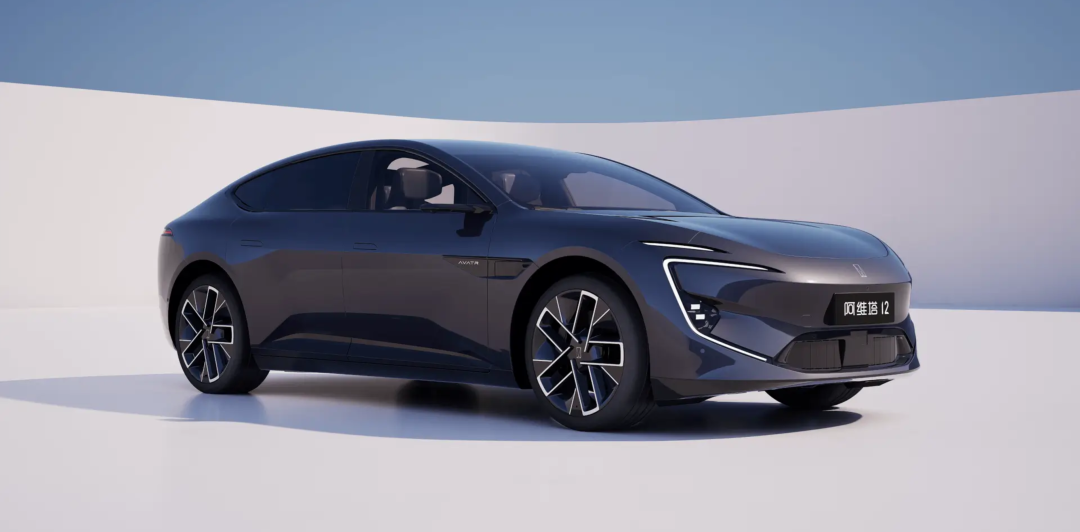Electronic rearview mirrors, true trend or false demand? At the just-ended Beijing Auto Show, new technological trends cannot be ignored. Electronic rearview mirrors became one of the highlights of this auto show. Automakers like BAIC, BYD, Geely, and Honda showcased concept cars or production models equipped with electronic rearview mirrors at this auto show, focusing on release between the second half of this year and 2025.
Car rearview mirrors are not new, but with the increasingly complex traffic conditions, they are essential on cars. Now, with the implementation of regulations related to electronic rearview mirrors, automakers are focusing on them. At this year’s auto show, it is clear that more and more manufacturers are accepting electronic rearview mirrors. With further regulation advancements and automakers equipping new models, electronic rearview mirrors seem to be entering a stage of large-scale promotion. However, on the consumer side, the situation is different. Many advantages of electronic rearview mirrors, such as wider field of view, clearer vision at night, and less affected by environmental conditions, do not seem to be as popular as expected. Perhaps due to the attitude of consumers, the BYD Song L concept car was equipped with electronic rearview mirrors, but this feature was later removed from the actual car. So, from a technological trend perspective, will electronic rearview mirrors lead a new trend? Is the era of electronic rearview mirrors coming soon? How much further do we have to go for the large-scale adoption of electronic rearview mirrors? An emerging field with a market potential of billions In July last year, electronic rearview mirrors saw a relaxation in regulations. Starting from July 1, 2023, the new national standard GB15084-2022, “Performance and Installation Requirements for Indirect Vision Devices for Motor Vehicles,” officially took effect, adding content such as “camera-monitoring system” and “mirror and CMS dual-function system.” This is seen as a significant change for car exterior mirrors. Car rearview mirrors have been one of the oldest components on cars. They serve as the driver’s eyes outside the vehicle, assisting in safe driving. However, traditional rearview mirrors have certain issues, such as blind spots and blurry vision in bad weather, which are important factors contributing to traffic accidents. The emergence of electronic rearview mirrors can address the shortcomings of traditional mirrors. By using a combination of cameras and monitors to replace traditional optical rearview mirrors, external cameras capture images that are processed and displayed inside the cabin.
Advantages of electronic rearview mirrors include wider field of view, clearer images, reduced wind resistance, and integrated ADAS functions for safer and more comfortable driving. Electronic rearview mirrors have a smaller cross-sectional area compared to traditional glass mirrors, reducing drag and saving fuel and electricity. For example, the electronic rearview mirror showcased at this year’s auto show by Enjoy S9 can capture real-time road conditions, automatically adjust brightness, prevent glare, and come equipped with collision warning system. Honda Insight L’s electronic rearview mirror increases lateral visibility by 50%, provides visibility of up to 100 meters at night, automatically adjusts view angles during high-speed driving, reversing, and turning, and offers warnings for approaching vehicles and opening doors. The numerous technological advantages make electronic rearview mirrors highly attractive. Previously, electronic rearview mirrors were not approved for use in vehicles in China due to safety concerns. However, the new national standard specifies the technical regulations for electronic rearview mirror systems. With regulations becoming more flexible, the market potential for electronic rearview mirrors is being further explored. According to market research firm 168report, the domestic automotive rearview mirror market is projected to reach 20.4 billion RMB in 2022, with the value of electronic rearview mirrors estimated to be 15 times that of traditional mirrors. With an expected penetration rate of 30%, the domestic electronic rearview mirror market is expected to reach around 100 billion RMB. Electronic rearview mirrors challenge traditional driving habits. Despite their many advantages, electronic rearview mirrors do pose challenges to users’ driving habits. In theory, electronic rearview mirrors with wide-angle cameras offer a broader field of view compared to traditional mirrors, eliminating blind spots with the help of the electronic system. Increasing the number of cameras can provide a comprehensive view of the vehicle, significantly improving driving safety, getting in and out of the vehicle safely, and parking safety.
“I test drove a vehicle equipped with electronic rearview mirrors, which affected my usual driving habits,” said car enthusiast Zhang Ming after discussing with Gaishi Automotive. “When changing lanes, I instinctively look at the rearview mirror to confirm the safe distance from the vehicles behind me. This has become muscle memory for me. But with electronic rearview mirrors, I have to look at the screen inside the car, which feels very uncomfortable.” Zhang Ming stated that vehicles equipped with electronic rearview mirrors display the rear view through a screen inside the car, meaning that instead of focusing on the road when changing lanes, now drivers have to focus on the screen. “When my eyes scan the screen, I subconsciously look outside as well. Looking back and forth between the screen and outside easily causes visual fatigue.” In Zhang Ming’s opinion, the current experience with electronic rearview mirrors does not provide more comfort, but rather increases driving fatigue to a certain extent, leading to higher safety risks. “If the external camera delays in capturing images, or if the entire screen crashes, the consequences could be more severe,” said another car user, Wang Yu, who also doubts electronic rearview mirrors. “Especially on highways, if there is any issue with the electronic rearview mirror, the impact could be fatal.” Although traditional rearview mirrors are mechanically connected, in terms of overall product maturity, they are without any problems. Electronic rearview mirrors may be more advanced in technology, but their systems must not crash, and the images captured by the camera must not have frame drops, lag, delays, electrical interference, black screens, and other rare malfunctions. Concerns about the safety of electronic rearview mirrors, as well as personal views of Wang Yu, are issues that many users are concerned about. Once electronic rearview mirrors are widely popularized, even though the above issues are rare, accidents will inevitably increase due to the large number of cases. Wang Yu concluded, “Traditional rearview mirrors have undergone a hundred years of history without fundamental changes, which must have its reasons because they are in line with human driving habits.” Technologically, it is a major trend, but mass production will take time. From a business perspective, the high cost of electronic rearview mirrors is also one of the important factors hindering their current promotion. Currently, the cost of electronic rearview mirrors on the market is not low. For example, the price of Lotus ELETRE optional electronic rearview mirrors is 16,000 yuan (2220$), and the price of Avita 12 optional electronic rearview mirrors is 12,000 yuan (1660$). From a cost perspective, in the current situation where car prices are increasing, whether consumers are willing to spend such a high price to opt for such a device is still a question. “If it gets damaged during use, the repair cost will definitely be high,” car user Chen Min pointed out the issue of repair costs. “If I have damage with a traditional rearview mirror, it can be solved for at most a few hundred yuan.” “If there is a problem with the electronic rearview mirror, the repair cost can easily reach tens of thousands of dollars, which is unnecessary.”
Perhaps due to cost issues, most vehicles equipped with electronic rearview mirrors are high-end models. At this year’s Beijing Auto Show, the Enjoy S9 comes with electronic rearview mirrors, priced at around 500,000 yuan (69250$); the Tengshi Z9 GT is also expected to be priced at 400,000-500,000 yuan (69250$). Only high-end models can cover the cost of electronic rearview mirrors well. Affordable models, from a cost perspective, do not have the motivation to install electronic rearview mirrors costing tens of thousands of yuan. Facing various problems, from a policy perspective, the popularization of electronic rearview mirrors is the future direction. The introduction of the new national standard paves the way for vehicles equipped with electronic rearview mirrors to legally hit the road, and car companies have also solved the regulatory issues regarding electronic rearview mirrors. “Replacing traditional rearview mirrors with electronic ones is a technological advancement,” said automotive industry expert Shi Min, believing that in the era of smart electric vehicles, the electronic and intelligent transformation of vehicles is an inevitable trend. “Compared to other systems in vehicles, electronic rearview mirror systems are just a small part, and with regulatory support, safety is guaranteed.” As for pricing, with economies of scale, the price of electronic rearview mirrors will inevitably decrease in the future. In Shi Min’s view, as one of the representatives of advanced technology, we should adopt an accepting attitude and not reject it. Of course, electronic rearview mirrors will not completely replace traditional rearview mirrors at the moment, and the two will coexist for a long time.



